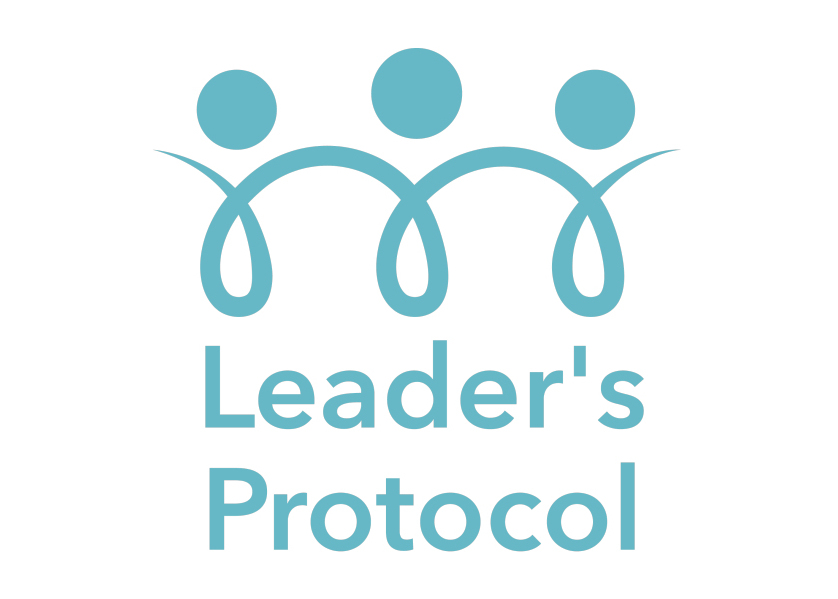You're in the cruise, you're doing OK ... so does that constitute success? Nothing bad is happening, things are progressing, and we're being patient, showing up, working hard. It'll come good, right?
I read John Cutler’s recent excellent blog titled “The Valley of Doing OK” and it resonated with so many of my own experiences and that with organisations I now work with.
John’s thesis is that doing OK is a dangerous place to be and articulates his theory really well, simply as always, elegant, and practical – I love it!
It made me think three things:
Thing 1 – Leaders
What roles do leaders play in both getting organisations into these situations – and let’s face it this is a common issue in my experience. My sense is that there are conditions leaders create, often unintentionally and have consequences that could be avoided. For example, senior leaders become conditioned to communicate good news only or least news that is couched as good news. There’s usually good intent behind their actions, nonetheless the message that may well be heard is “We’re doing OK” when actually the risk is that a slide into obscurity is around the corner or a focused push could yield huge success. Some leaders would rather not rock the boat and transmit a “Maintain course and speed” message. Once this is heard, the recipients may well just do that and risks begin to increase both in terms of likelihood of occurring and impact if they do because maintaining course and speed is not right for the business or increasingly, aspiring employees keen to develop.
So why would a CEO do that? That’s usually quite simple – it’s easy. Amidst a million tasks to do, the CEO can do the All Hands / Town Hall and deliver a simple “We’re doing fine” message. It’s passive, it’s not provocative, it’s unlikely to promote a barrage of questions. It probably won’t trigger claims for salary reviews or a mass exodus. It’s a low maintenance decision and sometimes that is OK.
Alternatively … I’ve met numerous CEOs who through no fault of their own aren’t adept or experienced about handling communications that are anything but positive. We’ve secured more investment, we’ve acquired a new client, we’ve shipped a new product, and so on. There’s a theme emerging here. The two scenarios take the “easy message” route; low maintenance and likely not to cause a stir with the audience and hopefully in the latter case, result in at least a small celebration.
The combination of the above two has in my experience given rise to senior leaders avoiding anything that may be contentious. An analogy may be that if I don’t look at my bank statement then I don’t know I’m overdrawn. If I don’t deliver a tough message then I don’t know how my organisation will react.
Doing OK inadvertently becomes a simple message that is actually dangerous, just not at the moment its delivered – the can has been kicked down the road.
Thing 2 – the audience
We’ve all sat and heard the State of The Nation from the CEO or some senior leader. We’ve all experienced the various emotional responses ranging from delight and pride to wondering who or what on earth the speaker is referring to as it bears no resemblance to your working life. My sense is that the so called “general population” has become far more demanding, and rightly so over the course of my career. A C-Suite member cannot now broadcast a message and not expect to get challenged and so in general I think its fair to say that greater care is taken nowadays to be more transparent, humble, and frankly, honest.
However, as has always been, is, and shall be evermore (big claim there), it will be the middle management, the extended leadership team, the team leads who will have the finger most accurately on the pulse of the organisational vibe. They may not understand or be aware of the strategic roadmap (that’s not to say they shouldn’t be), but if we’re talking roadmap progress, productivity, morale, sentiment, engagement and all those subjective aspects of the business, these are the people in the know – the best ones can smell it a mile away. I know from personal experience that saying to a good line manager, “Yeah, we’re doing OK” is likely to cause concern because it doesn’t really say anything and these communities tend to value precise insights and feedback on which they can act or at least synthesise to use in their own context and setting. Passive comments such as “We’re doing OK” provide no bearings on which to act are likely to result in one of two things. First, the person the senior leader is speaking to believes that they do not know and therefore quite possibly are out of their depth or have checked out or second they’re not being open, which in turn begs the question why not. Both are very sub-optimal for the recipient, do no good for the leader’s reputation, and are consequently bad for the organisation.
Thing 3 – so what should leaders be doing?
It’s OK to be doing OK but it’s not a sustainable position to be in for any period. There’s some aspects of John’s blog I disagree with here, e.g., doing the same thing because that’s what made you “be OK” doesn’t mean you’ll get the same results and remain OK because you’re not operating in a vacuum and external influences will hit hard sooner or later. John is spot on though that scepticism about change may well justifiably prevail and at the same time the same scepticism is probably a risk to making entirely valid changes to get out of the “Valley of doing OK”.
Communication is the very essence of organisational health and must be attended to, nurtured and developed by leaders especially to help avoid getting into the “Doing OK” pickle. Whether as mentioned before, it’s the easy route CEO / C-Suite communication approach, or the team leader speaking up and most importantly being listened to when concerned about the vibe they feel on a day to day basis, leaders need to have open, authentic communication channels that are crystal clear. Second, conflict has to be a natural and welcomed part of the communication that exists between leaders. Appreciating, being aware of, and understanding the differing perspectives that the various communities will experience is vital to acknowledging that conflict about many subjects is a necessary part of the communication journey we weave in our working day – it is not a bad thing, it is not personal, it benefits everyone, and yes, it takes practice too, so definitely falls into the “Simple, not easy” bucket.
To coin Chris McChesney (4DX), we need to be playing to win. That’s a soundbite for sure and needs a blog of its own to unpack. However the essence of its meaning in this context is that if teams are set up to win, rather than passively participate its a reasonable hypothesis that they won’t settle for “Doing OK” for many reasons – again which I won’t go into here. So if leaders equip their teams with the right tools, create the right environment, and evolve a culture commensurate with success, they’re in with a fighting chance of being more than “OK”.




